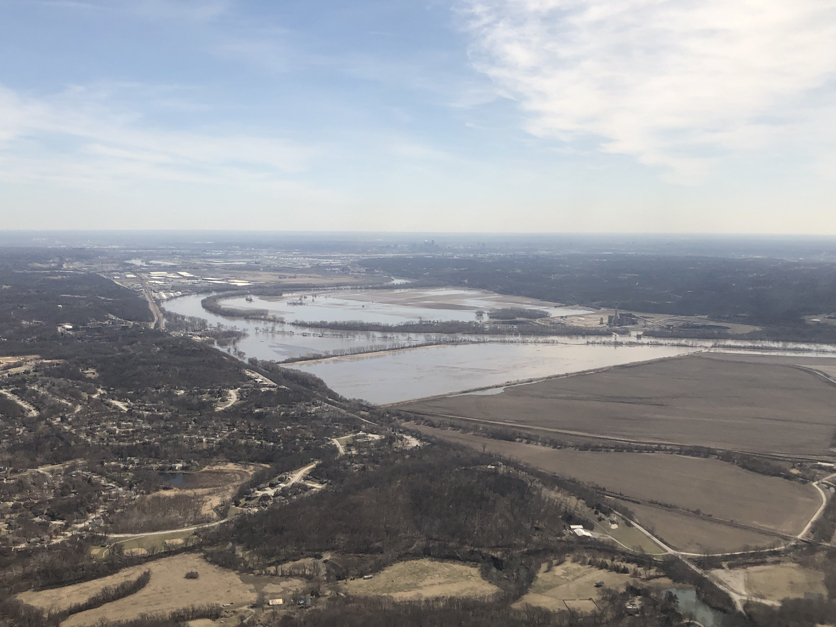The House on Monday finally cleared a $19.1 billion disaster aid package that will benefit farmers and communities who suffered from a series of natural disasters stretching back nine months.
The bill, which now goes to the White House for President Donald Trump’s expected signature, includes $5.5 billion in agricultural assistance.
The measure will provide payments to farmers hammered by hurricanes Florence and Michael in 2018 as well as to farmers whose stored crops were drowned by floods in May and still more growers who may be unable to plant their crops this spring because succession of storms that have soaked the nation’s heartland. Producers and communities affected by the wildfires in California last fall will be covered by the bill.
The House needed four tries to finally pass the bill, 354-58 Monday evening. The Senate passed the bill 85-8 on May 23, but House members were already leaving town at the time for their Memorial Day recess.
House leaders subsequently tried three times during pro forma sessions to pass the bill by a voice vote, but GOP conservatives objected to bringing the bill to a vote until the full House was back in session. A single House member can block a voice vote on a bill during a pro forma session.
The final bill had already been held up for months because of disputes between Democrats and the White House over spending for Puerto Rico and border security. Ultimately, Democrats got the funding they wanted for Puerto Rico and the border funding was omitted.
“Today we are rejecting the political stunts and grandstanding that have made it difficult to deliver much-needed disaster relief to families and communities across America,” House Appropriations Chairwoman Nita Lowey, D-N.Y., said ahead of Monday’s final vote.
The protracted negotiations were a blessing for farmers across the Midwest and northern Plains states that have been struggling to plant crops this spring. A change to the bill that was made before the Senate voted on it will allow USDA to supplement prevented planting insurance benefits.
As of Sunday, only 67% of the projected corn crop had been planted, well behind the average of 96% at this point, according to USDA's National Agricultural Statistics Service. Some 39% of the forecast soybean crop was planted; the average is 79%.
House Agriculture Chairman Collin Peterson, D-Minn., said USDA plans to use the bill to boost prevented planting benefits to somewhere between the insurance limit, 55% for corn, and the 90% maximum allowed by the disaster bill. Farmers who didn’t buy crop insurance would get direct payments for up to 70% of the crop’s value.
The bill also will compensate cotton growers and other producers who lost crops to the hurricanes last fall as well as farmers whose stored corn and soybeans were damaged by flooding this spring.
One of the three Republicans who blocked an earlier vote on the bill, Texas Rep. Chip Roy, said he was still concerned that the legislation would add to the federal deficit. As is typical with disaster bills, there are no spending cuts or revenue increases to offset the cost of the emergency assistance.
“At some point, before it is too late, Congress will get serious about restraining out-of-control spending,” Roy said.
For more news, go to www.Agri-Pulse.com.


